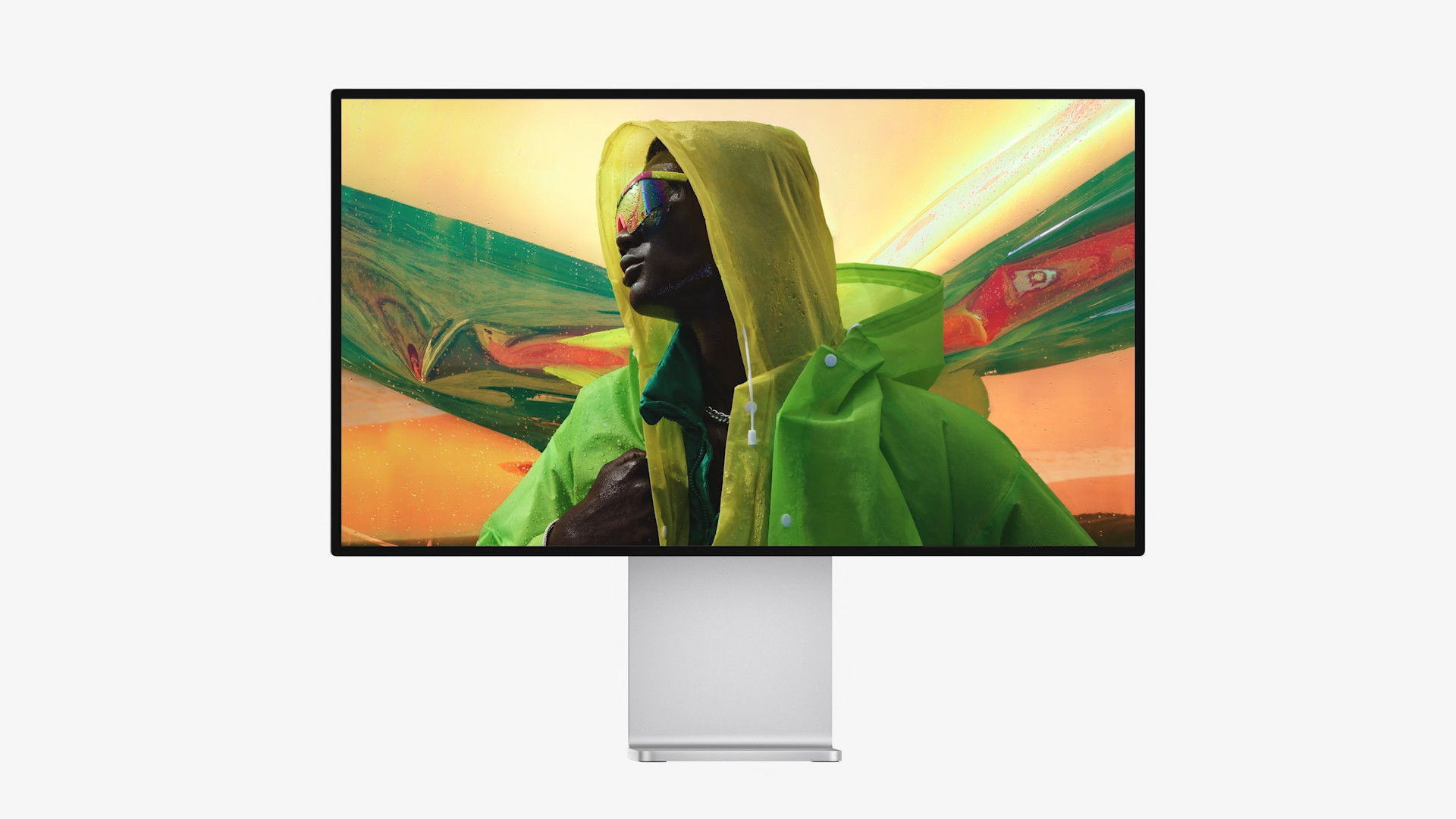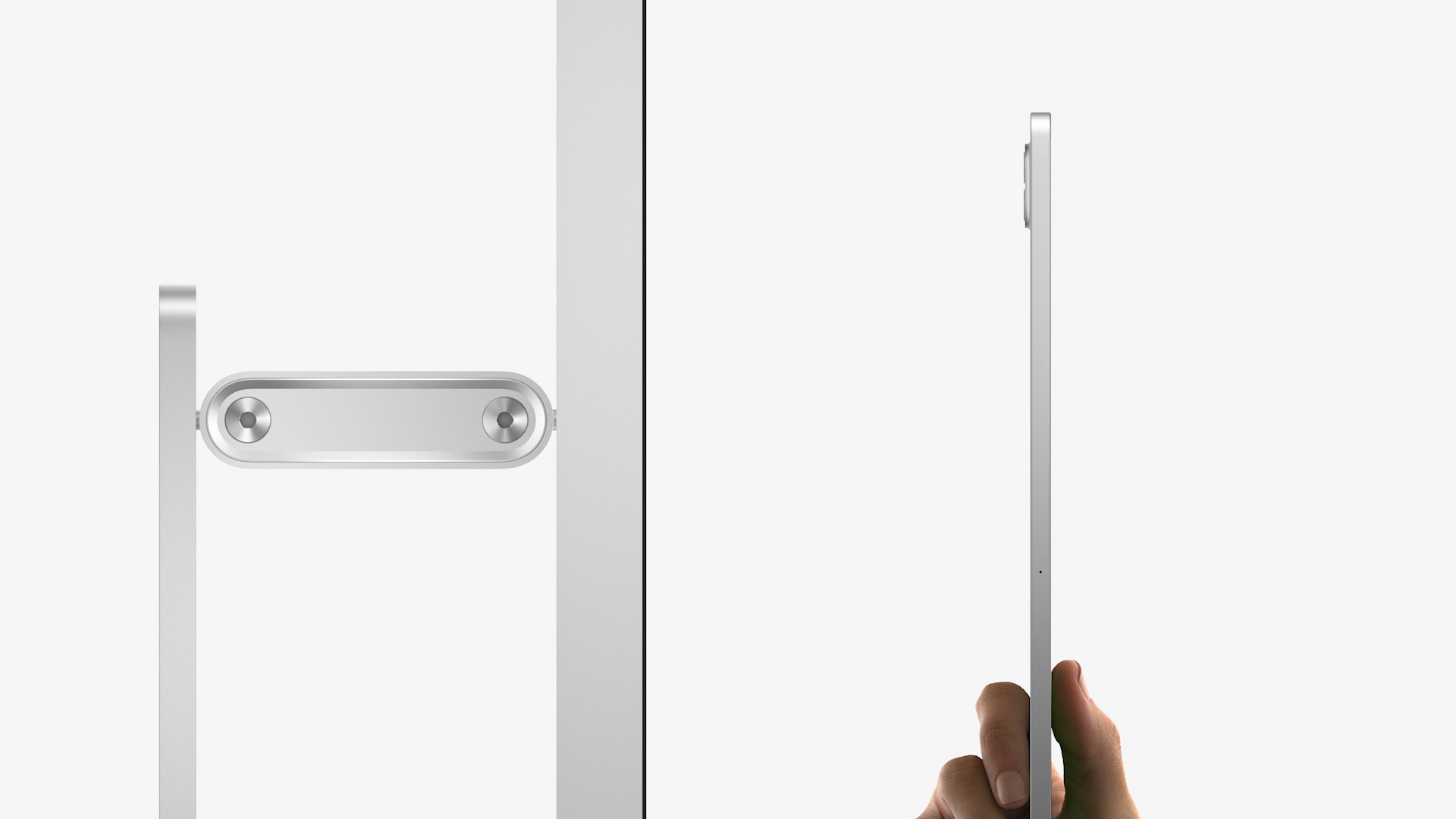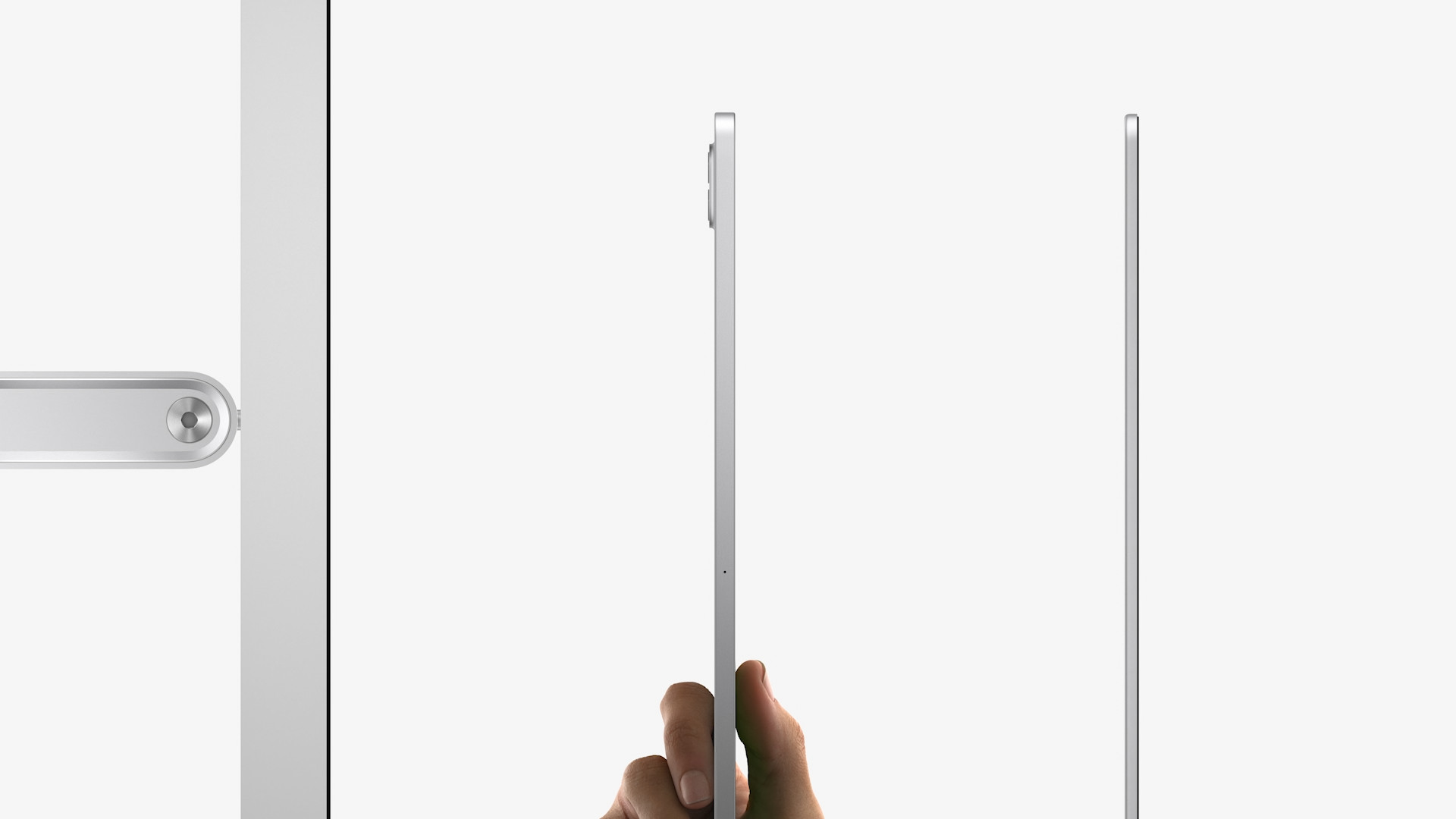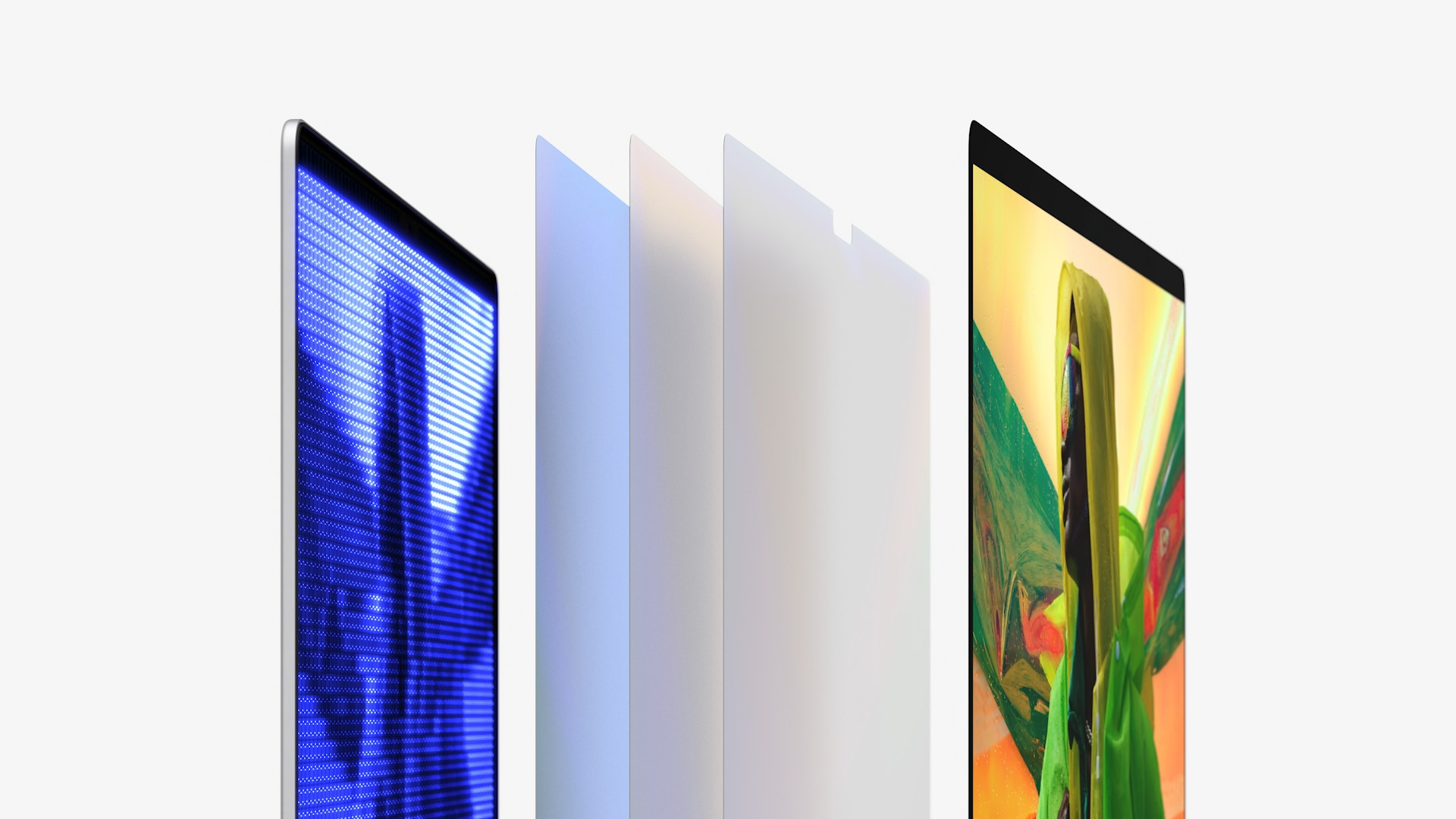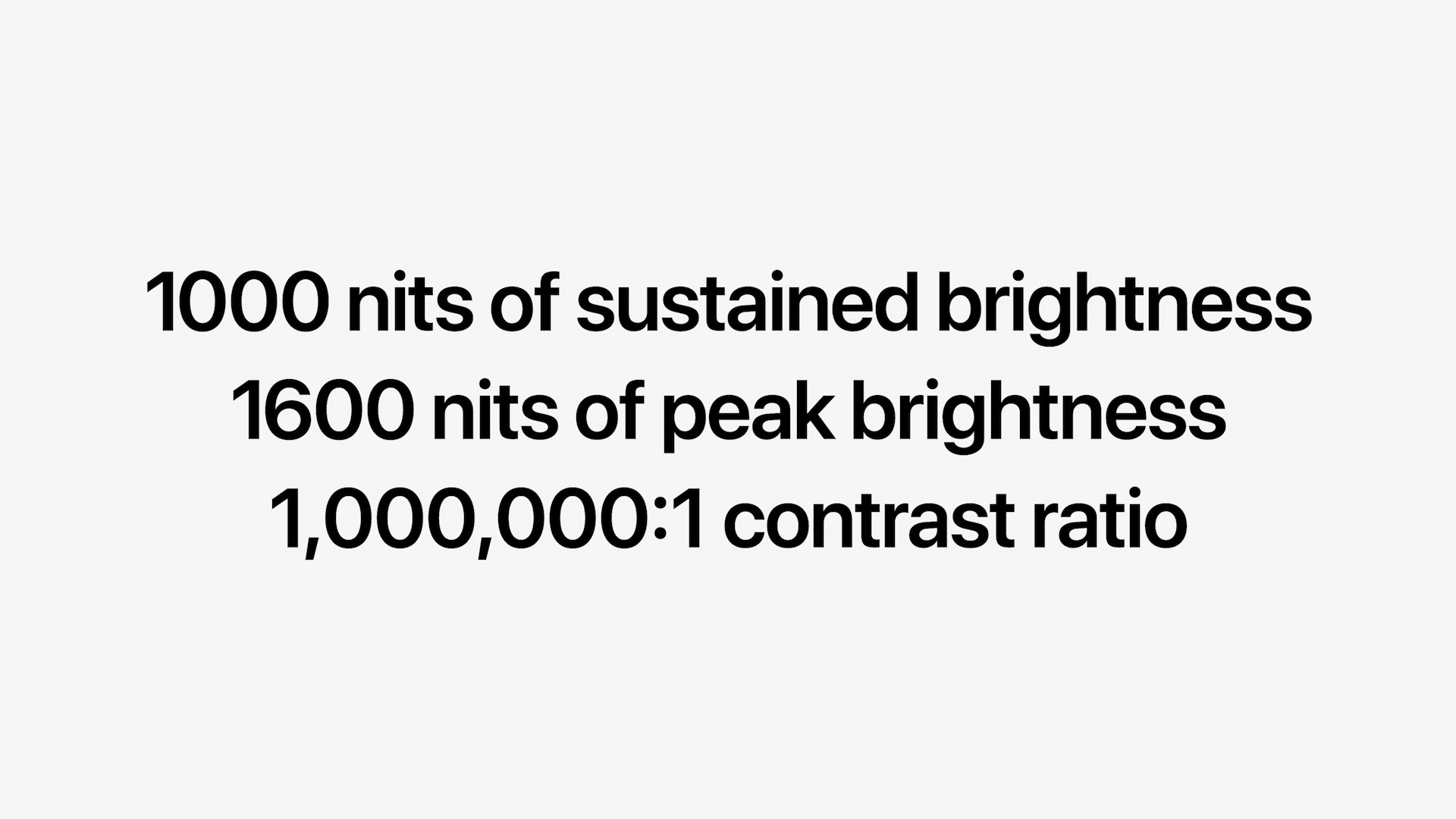The quality of displays has been a relatively hot topic for several years, which is pushed by practically every manufacturer of premium phones, laptops or tablets. Of course, Apple is no exception in this respect. The giant started its transition to bright displays in 2016 with the very first Apple Watch, followed by the iPhone a year later. However, time went on and the displays of other products continued to rely on the outdated LCD LED – until, that is, when Apple came out with Mini LED backlight technology. However, as it turns out, Apple is apparently not going to stop there and is going to move the quality of displays several levels forward.
iPad Pro and MacBook Pro with OLED panel
Already in the past, the transition from classic LCD displays with LED backlighting to OLED panels was discussed many times in apple-growing circles. But it has one huge catch. OLED technology is relatively expensive and its use is more appropriate in the case of smaller screens, which perfectly meets the conditions of watches and phones. However, speculation about OLED was soon replaced by news of the arrival of displays with Mini LED backlight technology, which practically offers the benefits of a more expensive alternative, but does not suffer from a shorter life span or the famous burning of pixels. For now, such displays are only found at 12,9″ iPad Pro and new ones 14″ and 16″ MacBook Pros.
Today, however, an extremely interesting report flew across the Internet, according to which Apple is going to equip its iPad Pro and MacBook Pro with OLED displays with a double structure to achieve even greater image quality. Apparently, two layers emitting red, green and blue colors would take care of the resulting image, thanks to which the aforementioned devices would offer significantly higher brightness with up to twice as much luminosity. Although it doesn't look like it at first glance, this would be a huge change, since the current Apple Watch and iPhones only offer single-layer OLED displays. According to this, it can also be deduced that the technology will look into professional iPads and MacBooks, mainly because of the high costs.
It could be interest you

At the same time, however, it is largely unknown when we could expect such a change. According to reports so far, Apple is already negotiating with its display suppliers, which are primarily the giants Samsung and LG. However, there are more question marks than healthy ones hanging over the deadline. As we mentioned above, something similar has been speculated before. Some sources have claimed that the first iPad with an OLED panel will arrive as early as next year. However, according to current information, it doesn't look so rosy anymore. Apparently, a similar change is postponed until 2023 or 2024, while MacBook Pros with an OLED display will be introduced in 2025 at the earliest. Even so, there is a chance for further postponement.
Mini LED vs OLED
Let's quickly explain what the differences between Mini LED and OLED display actually are. In terms of quality, OLED definitely has the upper hand, and for a simple reason. It does not rely on any additional backlighting, as the emission of the resulting image is taken care of by so-called organic LEDs, which directly represent the given pixels. This can be seen perfectly on the display of black - where it needs to be rendered, in short, individual diodes are not even activated, which makes the image on a completely different level.
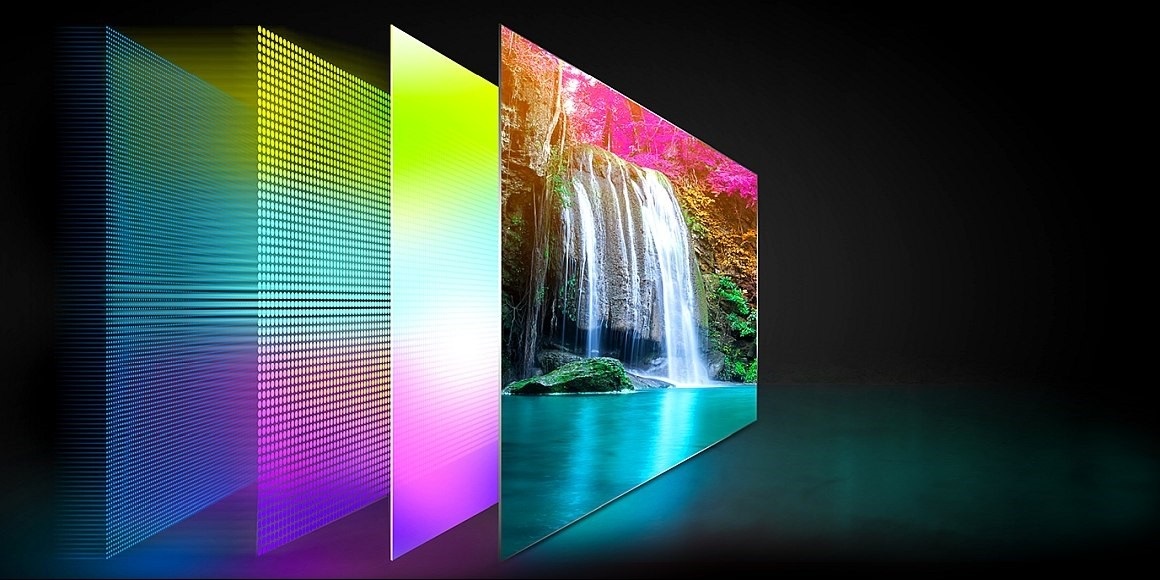
On the other hand, we have the Mini LED, which is a classic LCD display, but with a different backlight technology. While classic LED backlighting uses a layer of liquid crystals that cover the aforementioned backlighting and create an image, Mini LED is a little different. As the name suggests, really tiny LEDs are used in this case, which are then combined into so-called dimmable zones. As soon as it is necessary to draw black again, only the required zones are activated. Compared to OLED panels, this brings advantages in longer life and lower price. Although the quality is at a really high level, it does not even reach the capabilities of OLED.
At the same time, it is important to add that current comparisons in which OLED panels win in terms of quality are made with the so-called single-layer OLED display. This is precisely where the mentioned revolution could lie, when thanks to the use of two layers there will be a noticeable increase in quality.
The future in the form of micro-LED
Currently, there are two relatively affordable technologies for really high-quality displays - LCD with Mini LED backlight and OLED. Even so, this is a duo that is absolutely no match for the future called micro-LED. In such a case, such small LEDs are used, the size of which does not even exceed 100 microns. It is not for nothing that this technology is referred to as the future of displays. At the same time, it is possible that we will see something similar from the Cupertino giant. Apple has made several acquisitions related to micro-LED technology in the past, so it is more than clear that it is at least toying with a similar idea and working on development.
It could be interest you
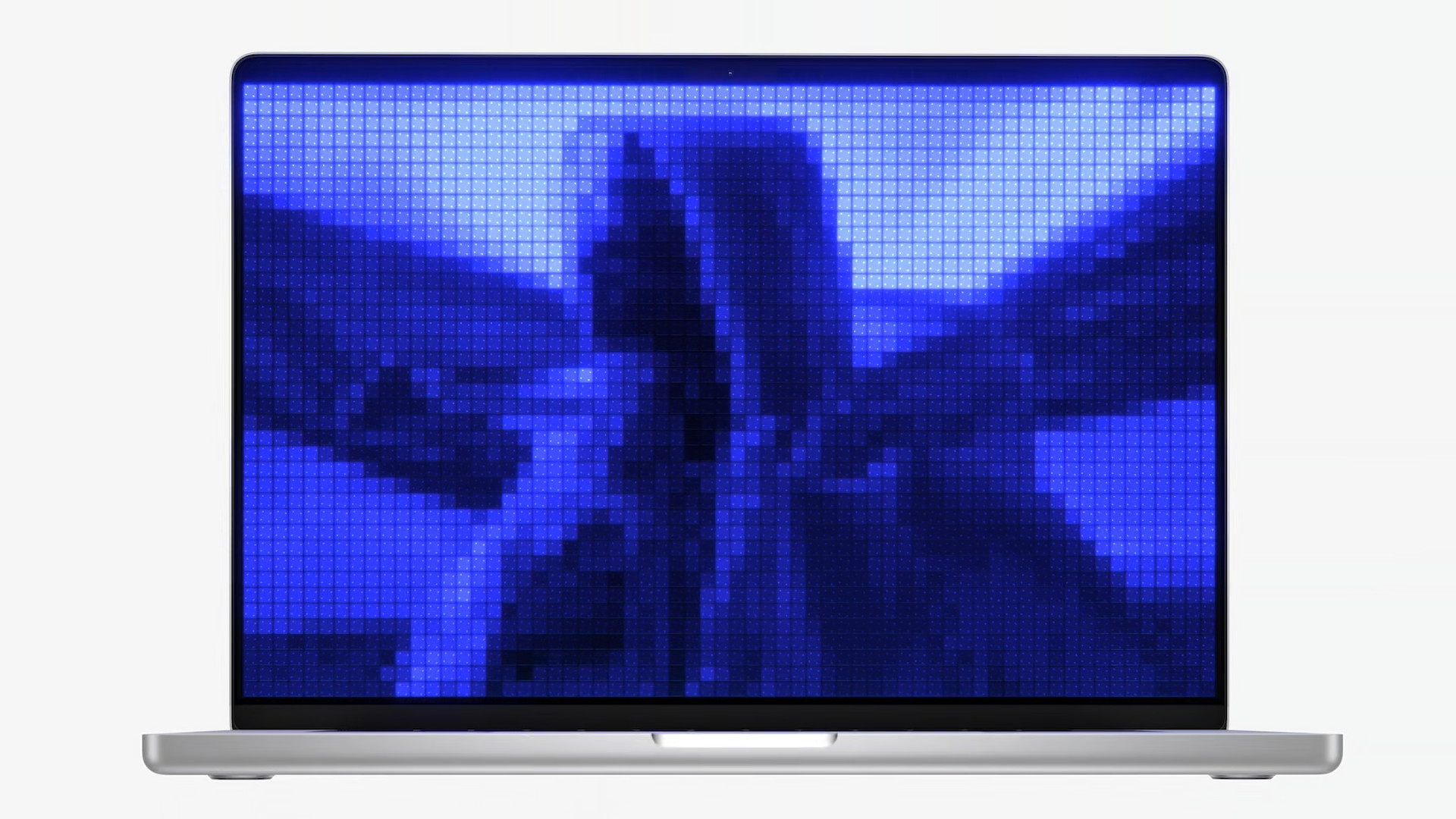
Although this is the future of displays, we must point out that it is still years away. Currently, this is a significantly more expensive option, which is simply not worth it in the case of devices such as phones, tablets or laptops. This can be perfectly demonstrated on the currently only micro-LED TV available on our market. It is about 110″ TV Samsung MNA110MS1A. Although it offers a really great picture, it has one drawback. Its purchase price is almost 4 million crowns.

